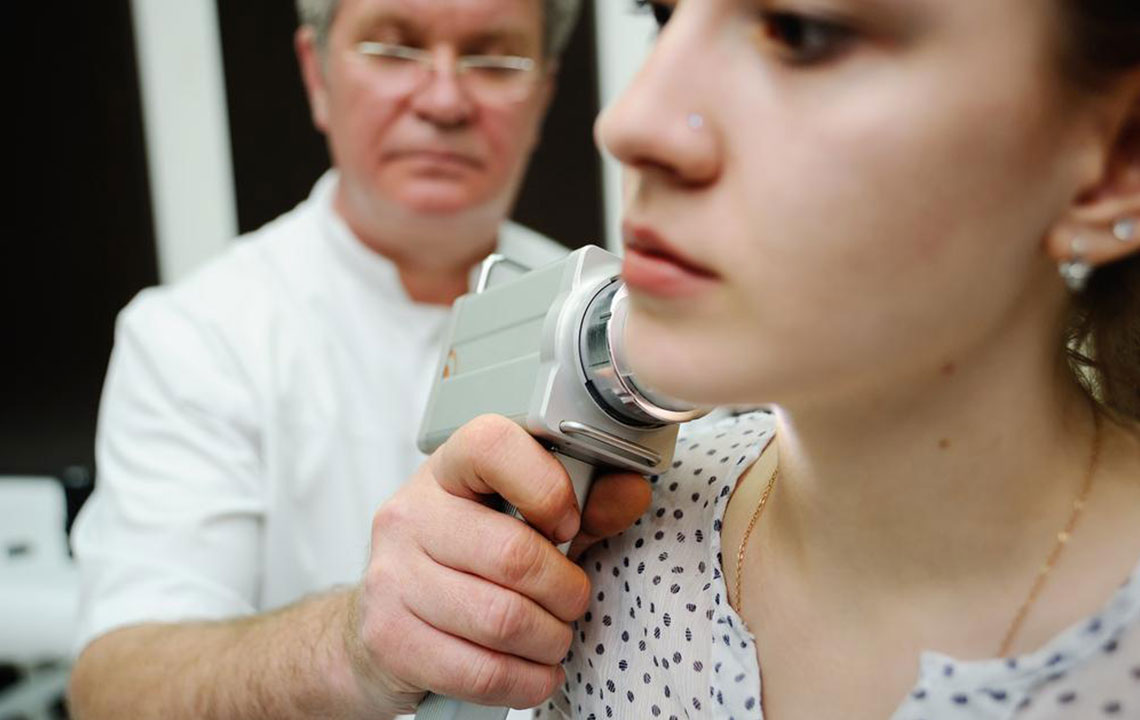Recognizing the Early Signs of Lupus: Essential Symptoms for Timely Diagnosis
Learn to recognize the early signs of lupus with this comprehensive guide. Detecting symptoms like persistent fatigue, skin rashes, joint pain, and unexplained fever early can lead to prompt diagnosis and effective treatment. Understanding these symptoms helps patients seek timely medical attention, preventing disease progression and organ damage. This detailed article covers the key indicators of lupus, including skin, joint, kidney, and systemic symptoms, equipping readers with vital information to manage their health better and promote faster diagnosis.

Comprehensive Guide to Early Indicators of Lupus for Accurate and Prompt Diagnosis
Autoimmune diseases such as lupus can often present with subtle, initial symptoms that may be easily overlooked or mistaken for other common conditions. Recognizing these early signs is crucial for ensuring prompt diagnosis and effective management, preventing potential complications. Lupus, formally known as systemic lupus erythematosus (SLE), affects multiple organ systems and can have a wide array of symptoms that fluctuate over time. Being aware of the key early indicators allows individuals and healthcare professionals to initiate timely interventions that can significantly improve outcomes.
Detected early, lupus symptoms tend to manifest in ways that are both diverse and sometimes subtle. The following are the most common early signs that warrant further medical evaluation:
Persistent Low-Grade Fever: One of the most common initial symptoms — a low-grade fever that persists over days or weeks, usually not exceeding 38.3°C (101°F). These fevers are often dismissed as common cold or flu, but recurring, unexplained fevers can indicate an underlying autoimmune process, including lupus.
Chronic Fatigue and Exhaustion: Unlike ordinary tiredness, lupus-associated fatigue is profound, persistent, and not relieved by rest. Patients often experience increased daytime sleepiness and an overall feeling of exhaustion that interferes with daily activities.
Skin Manifestations and Rashes: The classical butterfly-shaped rash across the cheeks and bridge of the nose is iconic, but lupus can also cause other skin lesions. These rashes tend to be sensitive to sunlight (photosensitive) and may appear in other areas like the arms, chest, and neck. Skin discoloration, persistent redness, or lesions that heal slowly should raise concern.
Hair Loss and Scalp Changes: Sudden or patchy hair loss is common in lupus. The condition can cause scalp inflammation, leading to hair thinning or bald patches, especially in women. Sometimes, the hair loss leaves scars, indicating more severe disease progression.
Dryness of Eyes and Mouth: Frequently linked with Sjogren’s syndrome, these symptoms involve persistent dryness of mucous membranes, which can affect the eyes, mouth, and even vaginal tissues. This dryness can cause discomfort, difficulty swallowing, and oral health issues.
Joint Discomfort and Swelling: Early lupus often presents with joint stiffness, mild swelling, and joint pains that come and go. These symptoms tend to involve small joints like those in fingers and wrists and may be mistaken for rheumatoid arthritis initially.
Respiratory and Cardiac Symptoms: Although less apparent initially, inflammation of the lungs (pleuritis) or heart lining (pericarditis) can cause chest pain, shortness of breath, or cough. Awareness of these signs is vital as early intervention can prevent long-term damage.
Kidney and Endocrine System Involvement: If lupus affects the kidneys (lupus nephritis), symptoms can include swelling in legs, high blood pressure, or changes in urination patterns. Thyroid dysfunction may also develop, leading to weight changes, mood swings, and hormonal disturbances.
Gastrointestinal Symptoms: Digestive complaints such as acid reflux, indigestion, and abdominal discomfort are common. While these can be managed with dietary modifications, persistent issues should be evaluated for possible lupus involvement.
Given the wide spectrum of early lupus symptoms, individuals experiencing any combination of these signs should seek comprehensive medical consultation. Accurate diagnosis often requires blood tests, antibody screening, and sometimes tissue biopsies. Early detection of lupus is essential for initiating appropriate treatment that can mitigate disease progression, reduce organ damage, and improve quality of life. Healthcare providers can tailor treatment plans, including immunosuppressants, anti-inflammatory medications, and lifestyle adjustments, to manage symptoms effectively and prevent complications.





